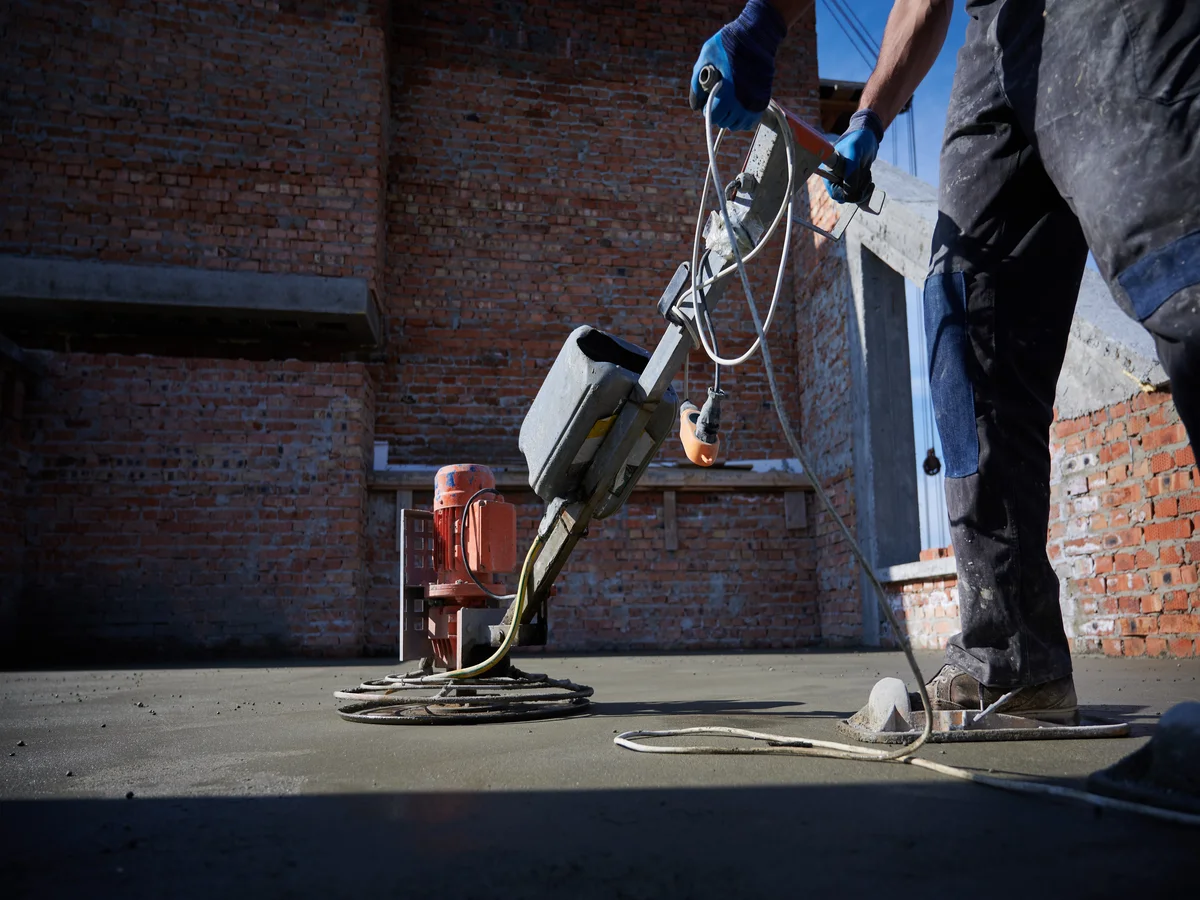Watch: Concrete Solutions- Addressing the World’s Concrete Problem

Concrete, an essential material in the construction industry, has become a subject of concern due to its significant environmental impact. As the world’s population continues to grow and urbanization accelerates, finding sustainable alternatives to address the concrete problem has become crucial.
Concrete production is responsible for a significant amount of carbon dioxide emissions, contributing to global climate change. Additionally, the extraction of raw materials for concrete, such as sand and gravel, has detrimental effects on natural ecosystems, leading to habitat destruction and ecological imbalances.
To combat these challenges, researchers, engineers, and architects worldwide are working tirelessly to develop innovative solutions that minimize the environmental impact of concrete. Here are a few noteworthy advancements:
- Green Concrete: Scientists have developed “green concrete” by replacing traditional cement with alternative materials like fly ash, blast furnace slag, or even industrial by-products such as rice husk ash. This approach significantly reduces carbon dioxide emissions during production, making it an eco-friendly alternative.
- Recycled Concrete: Instead of disposing of demolished concrete as waste, it can be recycled and used as an aggregate for new concrete production. This method reduces the need for extracting fresh raw materials and minimizes waste sent to landfills, making the construction industry more sustainable.
- Carbon Capture and Utilization (CCU): Some innovative technologies are being developed to capture carbon dioxide emissions from concrete production and convert them into usable materials. These include utilizing CO2 as a binder or injecting it into concrete during the curing process. This approach not only reduces emissions but also promotes the efficient use of captured carbon.
- Nature-Based Solutions: Integrating nature-based materials into construction practices is gaining traction. For instance, using timber, bamboo, or other sustainable materials as alternatives to concrete in certain applications can significantly reduce the environmental impact. These materials offer excellent structural properties while sequestering carbon dioxide during their growth.
- Innovative Design Approaches: Architects and engineers are incorporating sustainable design principles to reduce the overall amount of concrete used in construction projects. By optimizing building layouts, utilizing lighter construction techniques, and implementing efficient structural designs, the concrete problem can be mitigated while maintaining structural integrity.
Addressing the world’s concrete problem requires collaboration among governments, industry stakeholders, and research institutions. Governments can incentivize the adoption of sustainable practices through regulations and policies, while construction companies can prioritize the use of environmentally friendly alternatives. Research institutions should continue to invest in research and development to further enhance sustainable concrete solutions.
As the global construction industry evolves, it is essential to embrace these sustainable alternatives, reduce the environmental impact of concrete, and build a more resilient and eco-friendly future.
By adopting these innovative solutions and working collectively, we can pave the way to a greener and more sustainable world, where the concrete problem becomes a thing of the past.


